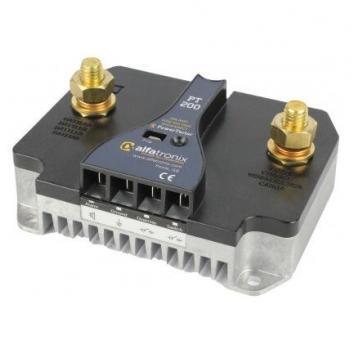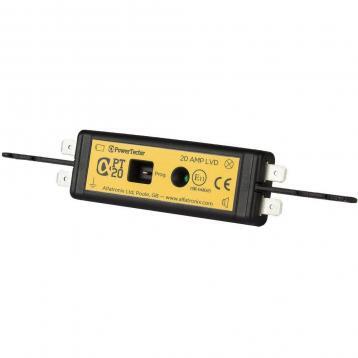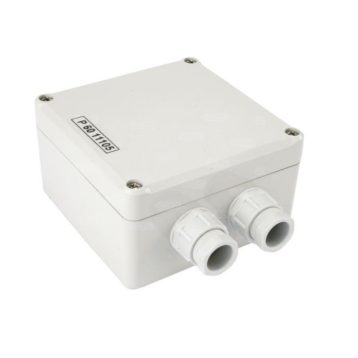Current and Voltage
Showing 25–33 of 33 results
-

Voltage converter 12V to 230V 1500 Watt
Sale! €259,95 Add to cart -

Voltage converter 24/12V 3A PV3S ALFATRONIX
€89,95 Add to cart -

Low voltage disconnector max. 60A PT60 ALFATRONIX
€169,95 Add to cart -

Low voltage disconnector max. 40A PT40 ALFATRONIX
€169,95 Add to cart -

Low voltage disconnector max. 200A PT200 ALFATRONIX
€459,95 Add to cart -

Low voltage disconnector max. 20A PT20 ALFATRONIX
Sale! €69,95 Add to cart -

Low voltage disconnector max. 100A PT100 ALFATRONIX
€339,95 Add to cart -

Low voltage disconnector max. 10A PT10 ALFATRONIX
Sale! €49,95 Out of stockRead more -

Relay box 12-12V To reduce voltage drop, if you use vehicles with trailer.
€129,95 Add to cart
Why distribute the charging voltage of the battery charger?
Ships or boat often has several batteries: one for starting the engine and another for supplying power to, for example, the refrigerator or the mains. Without a charging voltage distributor, a ‘dead’ battery takes power from a full battery until the batteries are equally charged. This can cause your batteries to run down. A charging voltage distributor acts as a cut-off valve between the batteries, preventing current from flowing from one battery to another.
Also read: How to properly regulate the on-board electricity?
What is a voltage converter?
An converter is a device with a DC power supply (battery). The converter converts the DC (direct current) into AC (alternating current). The output current is 220-240 VaC, 50 Hz, International power.
On most boats, you need a battery to start the engine and a battery for household applications. This supply often has to be divided, transformed (from high to low voltage or vice versa) and protected.
12V to 230V converters
A converter converts the 12V or 24V battery voltage on your boat into 220-230V alternating current at 50Hz for household appliances. The maximum load for continuous operation is expressed in Watts.
The capacity of the converter depends on the load. Add up the wattage of all the devices on the boat that you want to power at the same time. Heavy appliances that are rarely used simultaneously, such as a hoover and microwave oven, do not need to be added.
An example: a 100 Watt light bulb consumes just under 1A per hour. (120 Watt = 1A current) 8 light bulbs = 960 Watt (1000 Watt converter).
24V to 12V converters
The converter ensures that 12V devices can be used in a 24V system, such as navigation and communication devices. All products fit on a ‘Click ‘n fit’ mounting clip.
Voltage monitor: always sufficient current to start the boat
A voltage guard ensures that there is always sufficient voltage in the battery sets present. As soon as the voltage drops below a preset value and duration, the voltage guard disconnects. This can be manually reactivated at a later time. This prevents voltage leakage, and there will always be sufficient current to start the engine.
The voltage guard is indicated in the maximum continuous current. Each unit can handle three times its continuous current during start-up (which requires the most power).
They are:
- fully programmable in voltage, current and time;
- pre-programmed on delivery.
Showing 25–33 of 33 results
